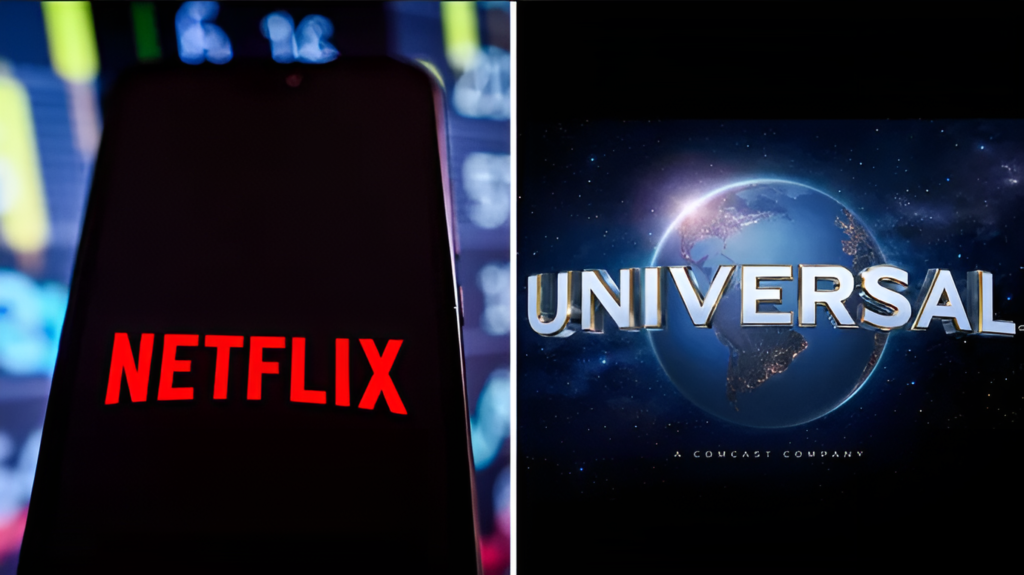Governor Newsom Proposes to Double California Film & TV Tax Credit Program
‘Lights, Camera, Jobs!’ That was the message emblazoned on the banner behind California Governor Gavin Newsom as he announced a major new effort to keep Hollywood production at home. Standing at Raleigh Studios in Hollywood alongside Los Angeles Mayor Karen Bass and key industry leaders, Newsom unveiled a proposal to more than double California’s annual film and TV tax credits from $330 million to $750 million. If approved by the Legislature, this $3.75 billion, five-year plan could take effect as early as July 2025, positioning California right behind Georgia in terms of incentive generosity.
The urgency is clear. According to FilmLA, Los Angeles filming days fell by 5% in the third quarter of 2024 compared to the same period in 2023, marking one of the weakest quarters in recent years. Despite expectations that Hollywood production would bounce back after last year’s dual strikes, the industry’s momentum remains stalled. Newsom underscored the significance of this effort, saying, “We’re in a position where we can afford this, and we need to do this. It’s about keeping the California economy strong, protecting our workers, and making sure that Hollywood remains not just in our history, but in our future.”
California’s current tax program is already maxed out, leaving many eligible productions unfunded and resulting in an estimated $1.6 billion in lost potential production spending since 2020. In fact, about 71% of projects rejected by California’s tax credit program ultimately chose to film out of state, highlighting the growing appeal of other regions. While competitors like Canada and the U.K. cover over 30% of production costs and include above-the-line salaries, California’s program only reimburses about 20% and excludes big-ticket costs like actors and director salaries—a point some argue limits its appeal. However, expanding the program to cover these expenses remains a politically sensitive topic in California, where critics contend that subsidizing entertainment comes at the expense of public services like education and healthcare.
Mayor Bass voiced her support, saying, “We have to do everything we can to strengthen and protect one of our foundational pillars in Los Angeles.” Newsom echoed the sentiment, adding, “It’s about recognizing the world we invented is now competing against us.”
The stakes are high, as Hollywood’s industry output and employment continue to fall below pre-pandemic levels. Scripted production across all categories trails five-year averages, and unscripted TV saw a steep 56% decline in shooting days last quarter compared to the same time last year. FilmLA president Paul Audley noted, “Production in the fall season will make or break the year,” underscoring the need for an urgent response to bolster California’s film and TV industry against mounting competition.
Source: LA Times
Share:
‘Lights, Camera, Jobs!’ That was the message emblazoned on the banner behind California Governor Gavin Newsom as he announced a major new effort to keep Hollywood production at home. Standing at Raleigh Studios in Hollywood alongside Los Angeles Mayor Karen Bass and key industry leaders, Newsom unveiled a proposal to more than double California’s annual film and TV tax credits from $330 million to $750 million. If approved by the Legislature, this $3.75 billion, five-year plan could take effect as early as July 2025, positioning California right behind Georgia in terms of incentive generosity.
The urgency is clear. According to FilmLA, Los Angeles filming days fell by 5% in the third quarter of 2024 compared to the same period in 2023, marking one of the weakest quarters in recent years. Despite expectations that Hollywood production would bounce back after last year’s dual strikes, the industry’s momentum remains stalled. Newsom underscored the significance of this effort, saying, “We’re in a position where we can afford this, and we need to do this. It’s about keeping the California economy strong, protecting our workers, and making sure that Hollywood remains not just in our history, but in our future.”
California’s current tax program is already maxed out, leaving many eligible productions unfunded and resulting in an estimated $1.6 billion in lost potential production spending since 2020. In fact, about 71% of projects rejected by California’s tax credit program ultimately chose to film out of state, highlighting the growing appeal of other regions. While competitors like Canada and the U.K. cover over 30% of production costs and include above-the-line salaries, California’s program only reimburses about 20% and excludes big-ticket costs like actors and director salaries—a point some argue limits its appeal. However, expanding the program to cover these expenses remains a politically sensitive topic in California, where critics contend that subsidizing entertainment comes at the expense of public services like education and healthcare.
Mayor Bass voiced her support, saying, “We have to do everything we can to strengthen and protect one of our foundational pillars in Los Angeles.” Newsom echoed the sentiment, adding, “It’s about recognizing the world we invented is now competing against us.”
The stakes are high, as Hollywood’s industry output and employment continue to fall below pre-pandemic levels. Scripted production across all categories trails five-year averages, and unscripted TV saw a steep 56% decline in shooting days last quarter compared to the same time last year. FilmLA president Paul Audley noted, “Production in the fall season will make or break the year,” underscoring the need for an urgent response to bolster California’s film and TV industry against mounting competition.
Source: LA Times









